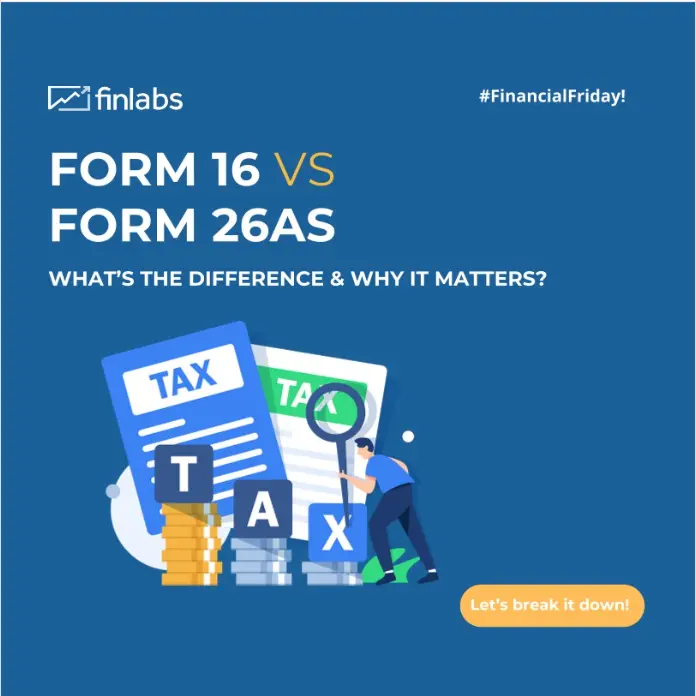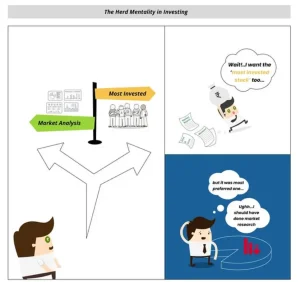Filing your Income Tax Return (ITR) can feel overwhelming, especially when you’re unsure about the different forms involved. Two of the most crucial documents in this process are Form 16 and Form 26AS. While Form 16 is issued by your employer and shows the TDS deducted from your salary, Form 26AS is a consolidated tax statement that includes TDS from all sources, advance tax paid, and more. Together, they help ensure that your tax records are accurate and complete.
Understanding the purpose of each form can save you from common filing mistakes and potential notices from the tax department. Whether you’re a salaried professional or have multiple income sources, verifying both forms before filing your ITR is a must. Learn more from the official source to stay compliant and confident during tax season: https://lnkd.in/dVgggCBn
#FinancialFriday #TaxTips #Form16 #Form26AS #IncomeTaxIndia #KnowYourForms




